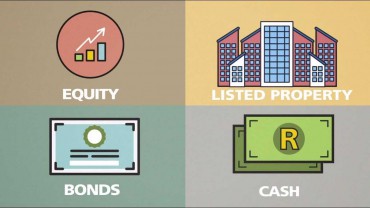DEFINITION of Asset classes
Asset classes refer to the similar characteristics of the instruments. Such as behavior on the market, and regulations. An asset class is a collection of securities. Manifesting comparable traits and goes through similar market fluctuations. Securities in one asset class almost always have similar legalities.
WHAT IT IS IN ESSENCE
Typical asset classes include stocks, bonds, real estate, cash, and commodities. These groups can also be broken down further.
Assets are different types of financial instruments and they are classified into four main categories. We can recognize 4 main, traditional types:
- Equities (or stocks): the shares that make up the ownership of public companies.
- Fixed income: investments that pay interest over time, then return the base sum paid. Bonds are the most common form of fixed income asset.
- Money market: cash and its equivalents, very liquid but without much space for growth. Currencies are part of this class.
- Alternative investments: some very popular markets are classed as alternative investments. Property and commodities feature is here.
It is also possible to sort assets by location. Investors and market analysts view investments in domestic securities, foreign or international investments. Also and investments in emerging markets as different categories of assets.
HOW TO USE
It is crucial to have investments spread across different asset classes. By diversifying across asset classes, volatility within your portfolio such as risk, for example, will decrease.
A portfolio manager has a prescribed allocation of investments across different asset classes based on the investor’s risk preference. The most important is to look at the general characteristics of an investment and how it fits into the overall market rather than minute details of a stock.
An asset class trader will especially have an interest in bubbles as a potentially huge source of alpha when they collapse. As it turns out, bubbles are a lot tougher to exploit. Probably the best approach is to avoid the bubble asset class. And search other markets for attractive investments.

